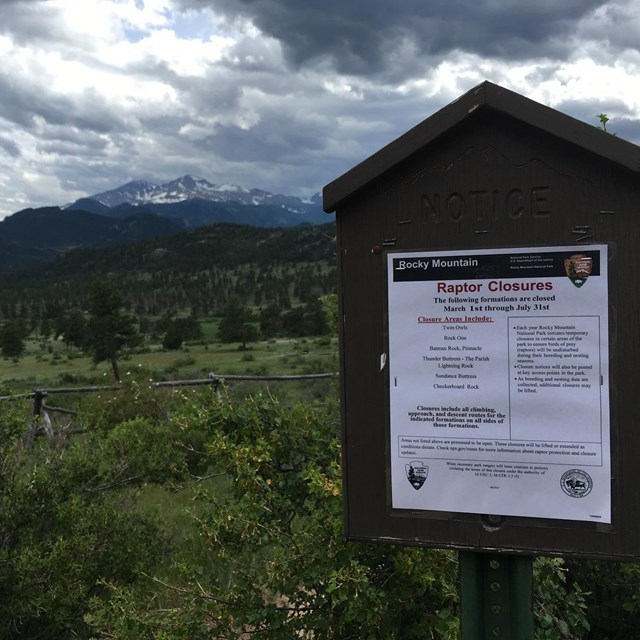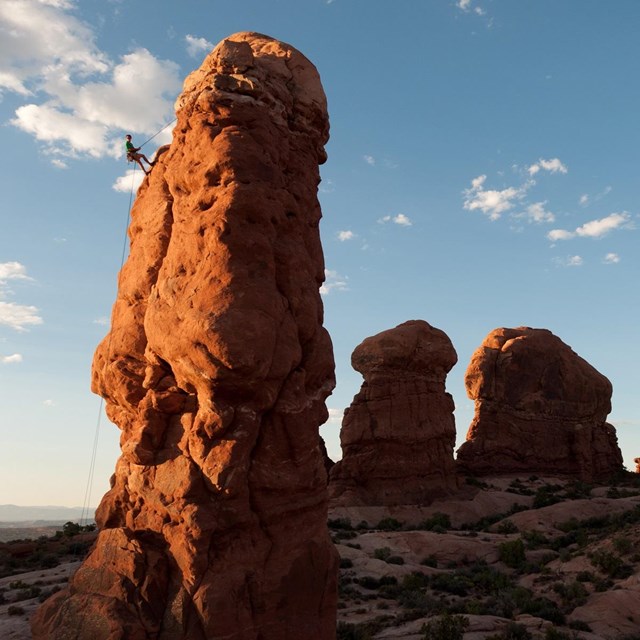Climbing often occurs at popular landmark sites and in the lesser-known areas of national parks; both of which can be rich with cultural and historical significance. While it can be enticing to explore all summits and delve into canyons, it may not be allowed. Climbing and other unmanaged visitor-use can be detrimental to historical sites, as well as cultural landmarks and traditions. For instance, since 1995 the National Park Service requested that rock climbers refrain from climbing Devils Tower in the month of June, when Native Americans travel there to perform sacred religious ceremonies. Many rock formations also contain prehistoric rock art and dwellings that are protected federal law.
National Historical Preservation Act.
American Indian Religious Freedom Act
On August 25, 1916, President Woodrow Wilson signed the Organic Act creating the National Park Service (NPS), a new federal bureau in the Department of the Interior responsible for protecting the 35 national parks and monuments then managed by the department and those yet to be established. The new agency's mission as managers of national parks and monuments was clearly stated.
"....to conserve the scenery and the natural and historic objects and the wild life therein and to provide for the enjoyment of the same in such manner and by such means as will leave them unimpaired for the enjoyment of future generations."
Certain regulations and policies have been implemented to guide visitor and recreational use in national parks with the intent to preserve and protect these significant places and the natural, cultural, and historical resources within. Familiarity with these regulations and policies can foster a better understanding of how decisions are made within the park and where climbing may or may not be allowed.
-
 NPS Climbing Managment
NPS Climbing ManagmentThe National Park Service specific policies addressing wilderness management and stewardship.
-
 Park-specific Regulations
Park-specific RegulationsLearn about specific closures or restrictions that individual parks may have in place.
-
 Where to Climb?
Where to Climb?Map of our parks that list climbing as an activity.
Last updated: August 25, 2021
